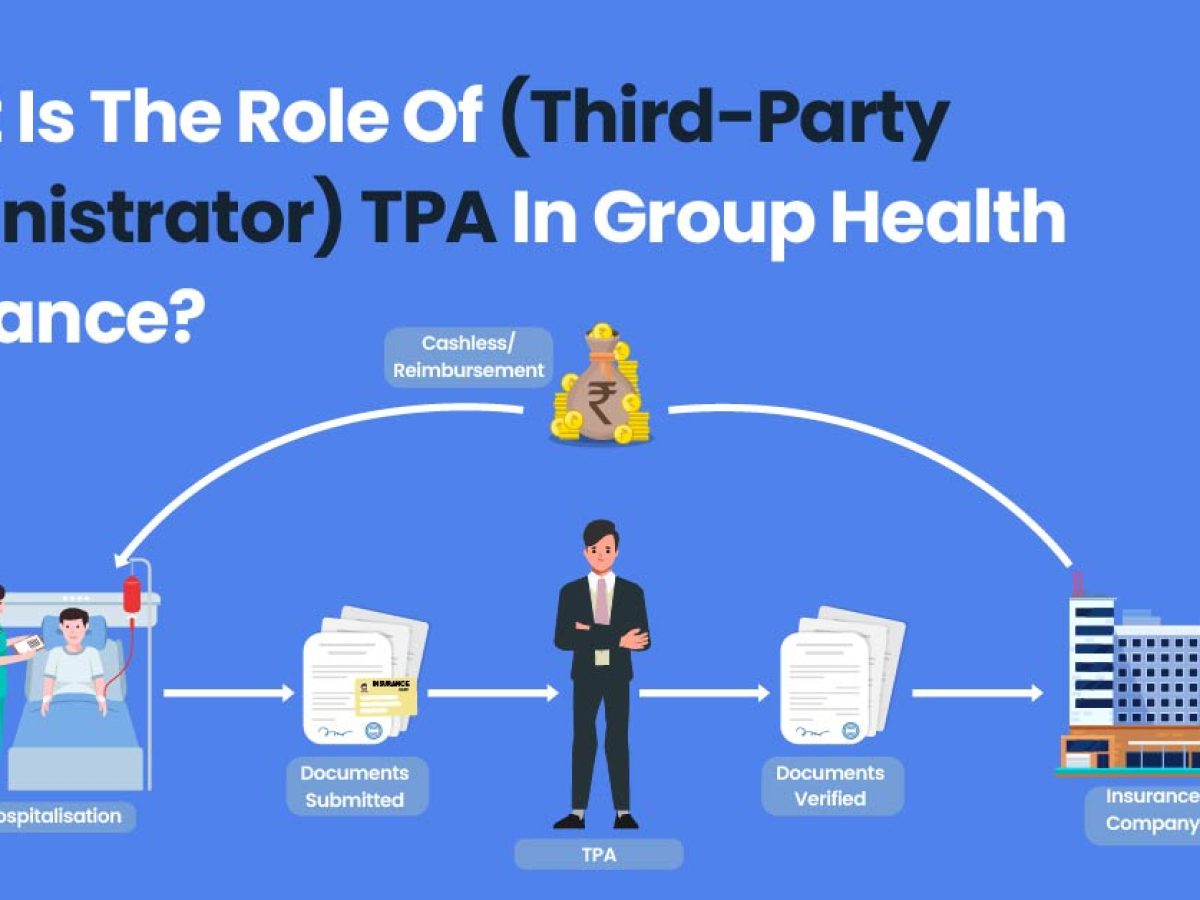The 45-Second Trick For Pacific Prime
The 45-Second Trick For Pacific Prime
Blog Article
Pacific Prime Things To Know Before You Get This
Table of ContentsSome Known Incorrect Statements About Pacific Prime Fascination About Pacific PrimePacific Prime Things To Know Before You Get ThisSee This Report about Pacific PrimeThe 8-Minute Rule for Pacific Prime

This is since the information were gathered for a duration of strong financial efficiency. Of the approximated 42 million individuals who were without insurance, just about about 420,000 (regarding 1 percent) were under 65 years old, the age at which most Americans end up being qualified for Medicare; 32 million were grownups between ages 18 and 65, around 19 percent of all grownups in this age group; and 10 million were youngsters under 18 years of age, about 13.9 percent of all kids (Mills, 2000).
These price quotes of the variety of persons uninsured are created from the yearly March Supplement to the Current Populace Survey (CPS), carried out by the Demographics Bureau. Unless or else noted, national quotes of individuals without health insurance policy and percentages of the populace with different sort of coverage are based on the CPS, the most commonly used source of estimates of insurance protection and uninsurance prices.
Facts About Pacific Prime Revealed

Still, the CPS is specifically valuable due to the fact that it produces annual estimates reasonably quickly, reporting the previous year's insurance policy protection approximates each September, and since it is the basis for a constant set of price quotes for greater than two decades, enabling for analysis of trends in coverage over time. For these factors, in addition to the considerable use the CPS in various other research studies of insurance policy coverage that are presented in this report, we count on CPS estimates, with constraints noted.

The quote of the number of without insurance people increases when a populace's insurance policy status is tracked for numerous years. Over a three-year period starting early in 1993, 72 million people, 29 percent of the U.S. https://www.pageorama.com/?p=pacificpr1me. population, lacked protection for a minimum of one month. Within a single year (1994 ), 53 million individuals experienced at the very least a month without protection (Bennefield, 1998a)
6 out of every ten without insurance grownups are themselves employed. Although functioning does boost the chance that a person and one's member of the family will have insurance coverage, it is not an assurance. Even participants of families with 2 full-time wage income earners have virtually a one-in-ten chance of being uninsured (9.1 percent uninsured price) (Hoffman and Pohl, 2000).
How Pacific Prime can Save You Time, Stress, and Money.
New immigrants represent a substantial proportion of individuals without health insurance coverage. One evaluation has actually attributed a substantial section of the recent development in the size of the united state uninsured populace to immigrants that arrived in the country between 1994 and 1998 (Camarota and Edwards, 2000). Recent immigrants (those that came to the United States within the past four years) do have a high price of being without insurance (46 percent), but they and their children represent just 6 percent of those without insurance nationally (Holahan et al., 2001).
The connection in between health insurance coverage and accessibility to care is well established, as recorded later on in this chapter. Although the connection between medical insurance and health and wellness results is neither direct nor basic, a considerable professional and health services research literature links health insurance coverage to improved access to care, better quality, and improved individual and population health status.
Degrees of analysis for examining the results of uninsurance. It concentrates specifically on those without any type of health insurance policy for any type of size of time.
How Pacific Prime can Save You Time, Stress, and Money.
The issues dealt with by the underinsured are in some respects similar to those dealt with by the uninsured, although they are normally less visit this site extreme. international travel insurance. Uninsurance and underinsurance, nonetheless, entail clearly various policy concerns, and the techniques for addressing them may vary. Throughout this study and the five records to adhere to, the major emphasis is on individuals without medical insurance and hence no aid in paying for health and wellness care past what is readily available with charity and safety internet establishments
Wellness insurance coverage is a powerful aspect impacting receipt of treatment since both people and medical professionals reply to the out-of-pocket cost of services - https://www.indiegogo.com/individuals/37416909. Wellness insurance policy, nevertheless, is neither necessary nor sufficient to access to clinical services. However, the independent and direct effect of wellness insurance protection on access to health solutions is well established.
Others will obtain the healthcare they require even without wellness insurance coverage, by paying for it out of pocket or seeking it from service providers that use care complimentary or at highly subsidized prices. For still others, wellness insurance coverage alone does not ensure invoice of care as a result of various other nonfinancial barriers, such as an absence of health treatment service providers in their community, restricted accessibility to transportation, illiteracy, or linguistic and social distinctions.
Indicators on Pacific Prime You Should Know
Official research concerning without insurance populations in the United States dates to the late 1920s and early 1930s when the Board on the Expense of Medical Treatment produced a collection of records regarding funding doctor office brows through and hospitalizations. This concern came to be salient as the numbers of medically indigent climbed during the Great Depression.
Report this page